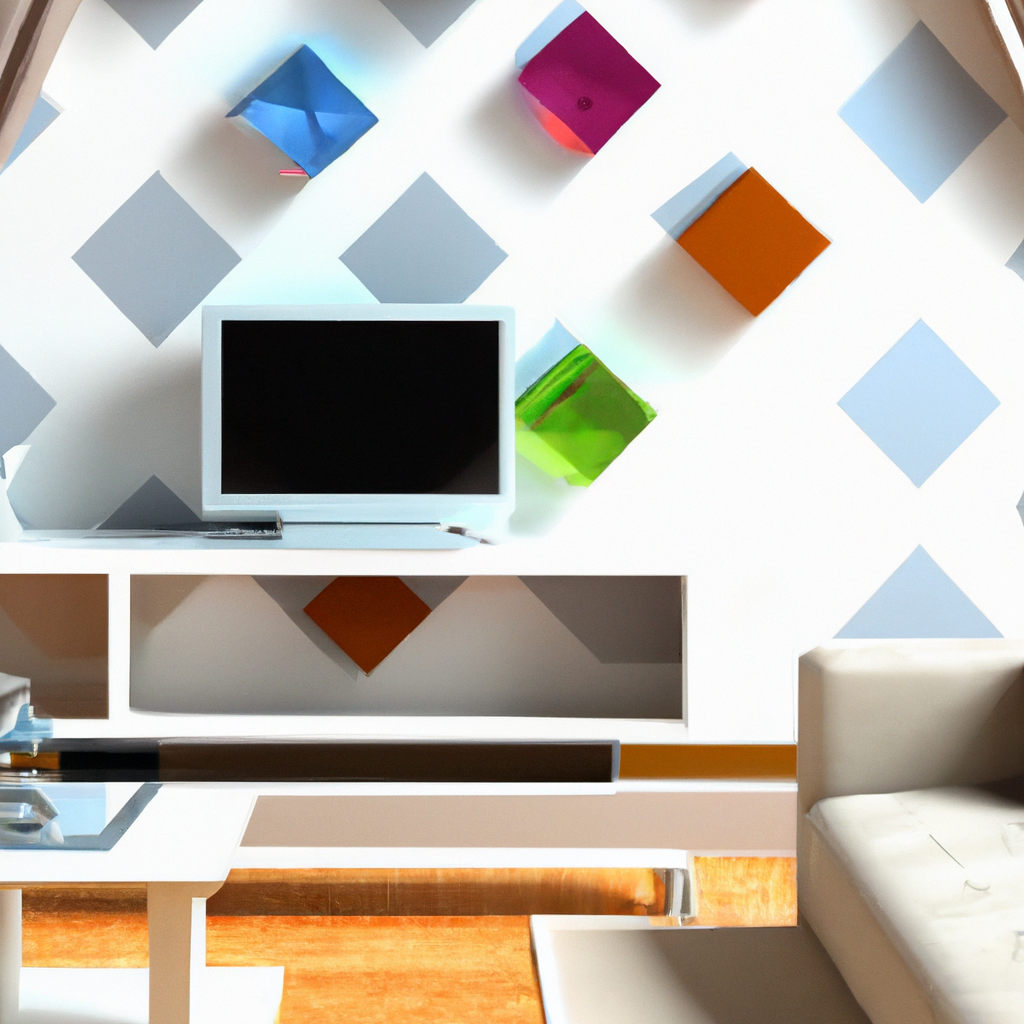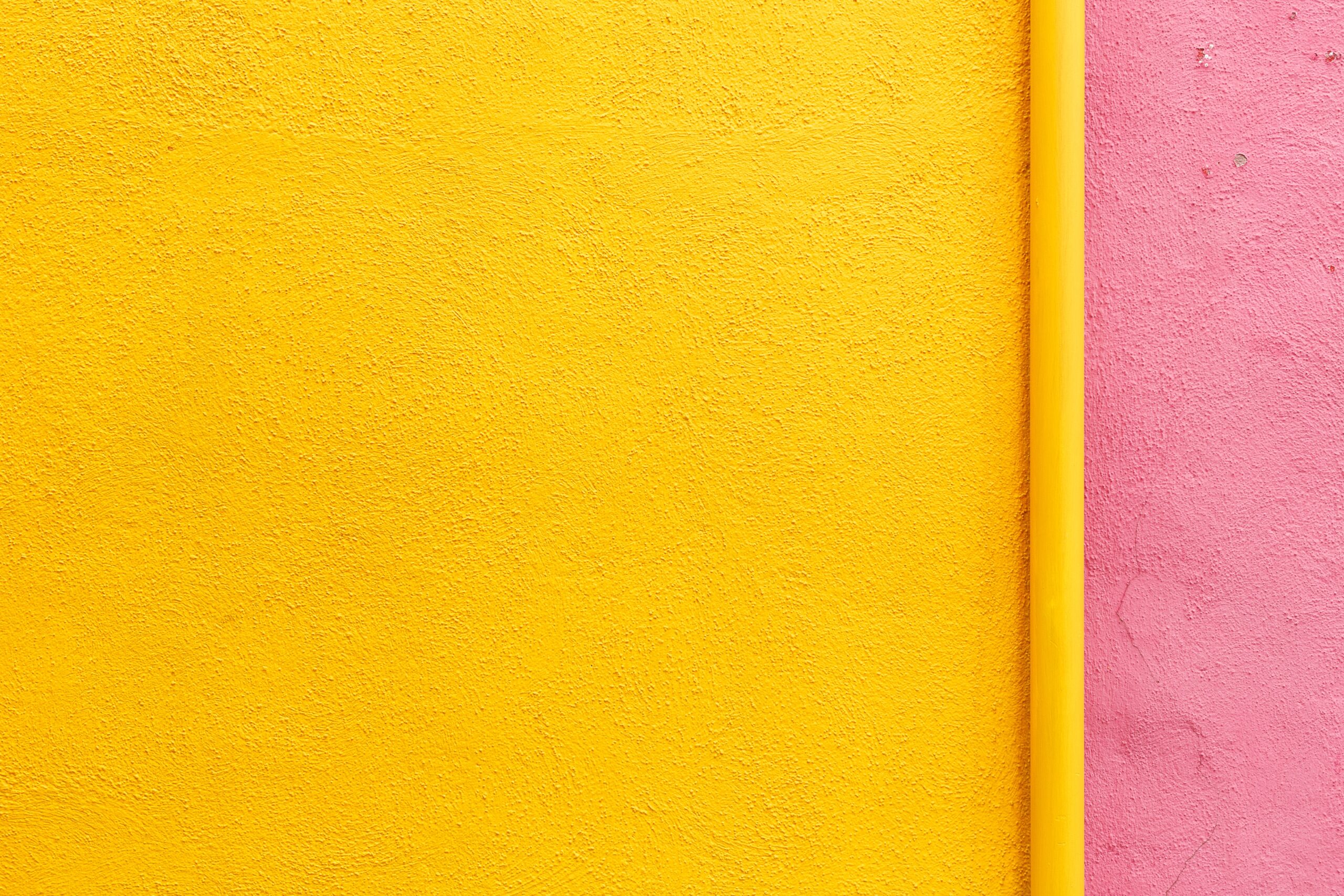
When it comes to designing your home, the color choices you make can have a significant impact on the overall look and feel of a room. But can wall colors actually make a room appear more spacious? It’s a question many homeowners have pondered, and the answer may surprise you. In this article, we’ll explore the power of color in interior design and uncover whether certain shades can give the illusion of a larger and more open space. Whether you’re looking for residential interior inspiration or simply wanting to design your home to maximize space, understanding the role of wall colors is key. So let’s dive in and discover the transformative potential of color in your living spaces.
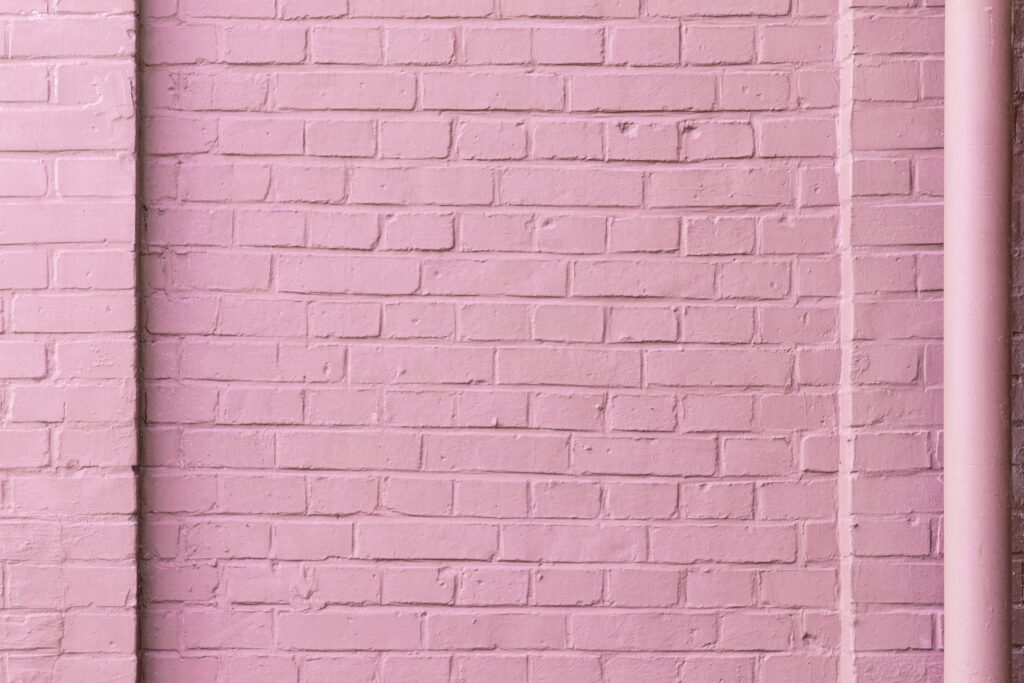
Choosing the Right Wall Colors
Choosing the right wall colors is an essential aspect of creating the perfect atmosphere in your home. When it comes to making a room look more spacious, selecting the right colors can work wonders. Light colors, neutral shades, monochromatic schemes, and pastels are all options worth considering. Each of these choices has its own unique effects on the perception of space and can help transform your living area into a more open and airy place.
Consider Light Colors
Light colors, such as whites, creams, and pale hues, have a remarkable effect on making a room appear more spacious. They have the ability to reflect natural light and create an illusion of openness. By reflecting light, these colors brighten up the space, making it feel more airy and inviting. If you have a room with limited natural light, opting for light colors on the walls can help maximize the available light and create a sense of brightness.
Opt for Neutral Shades
Neutral shades, such as gray, beige, and taupe, are another excellent choice for making a room feel more spacious. These colors act as a blank canvas, allowing other design elements to take center stage. By creating a subtle backdrop, neutral shades enhance the perception of space and make the room feel larger. They provide a timeless and elegant look that can easily be paired with different furniture styles and accessories.
Use Monochromatic Schemes
If you’re looking to add depth and visual interest to a room while maintaining a sense of space, consider using a monochromatic color scheme. This involves choosing different shades of the same color and using them throughout the room. For example, if you opt for a blue monochromatic scheme, you can use light blue, medium blue, and dark blue on the walls, furniture, and accessories. This cohesive look adds visual depth and expands the perception of space in the room.
Experiment with Pastels
Pastel colors, such as soft pink, lavender, or mint green, can be a great option for creating a serene and spacious atmosphere. These colors have a softness to them that adds a touch of tranquility to any room. Pastels create the illusion of space and are particularly effective in small bedrooms, bathrooms, or nurseries. They enhance natural light and make the room feel cozy yet open.
The Effect of Light Colors
When it comes to making a room look more spacious, light colors have a significant impact. Here are some effects that light colors can have on your living spaces:
Reflecting Natural Light
One of the main advantages of light colors is their ability to reflect natural light. When light hits a light-colored wall, it bounces back, filling the room with a radiant glow. This reflection creates a sense of brightness and airiness, making the room appear more spacious. By maximizing the available natural light, you can transform even the smallest of rooms into a bright and inviting space.
Creating an Illusion of Space
Using light colors on the walls can create an optical illusion of openness. Light-colored walls push back the boundaries of a room, making it feel larger than it actually is. This effect is especially noticeable when combined with other elements, such as mirrors or reflective finishes. The combination of light colors and these visual tricks can make a significant difference in the perception of space.
Adding Brightness and Airiness
Light colors inherently add brightness and airiness to a room. They have a refreshing and uplifting quality that can instantly transform the ambiance of a space. Whether it’s a living room, bedroom, or kitchen, using light-colored walls creates a vibrant and welcoming atmosphere. The brightness they bring can make a room feel more open, inviting, and conducive to relaxation or socializing.
Neutral Shades and Spaciousness
Neutral shades can play a crucial role in creating a spacious and versatile interior. Here’s how they can enhance the perception of space:
Creating a Blank Canvas
Neutral shades act as a blank canvas, allowing other design elements to take center stage. By opting for neutral walls, you can create a visually seamless space that enhances the feeling of openness. These shades provide a backdrop that allows furniture, artwork, and accessories to stand out and make a statement. With neutral walls, you have the flexibility to change your decor style and color palette without having to worry about clashing with bold or overpowering wall colors.
Enhancing the Perception of Space
Neutral shades are known for their ability to enhance the perception of space. They provide a clean and cohesive look that seamlessly connects different areas of a room. By using neutral walls in open-concept living spaces, you create a sense of flow and continuity, making the entire area appear larger. This cohesive look makes it easier to create a harmonious design and allows tangibles elements, such as furniture or artwork, to shine.
Allowing Tangible Elements to Stand Out
Using neutral shades on the walls can help create a focal point out of tangible elements in the room. Whether it’s a statement piece of furniture, a striking painting, or a unique decor item, these elements stand out against a neutral backdrop. By allowing these elements to take center stage, you draw attention away from the walls and create a sense of space. The simplicity and versatility of neutral colors allow you to showcase your personal style without overwhelming the room.
Monochromatic Schemes for Depth
Monochromatic color schemes can be an excellent choice for creating depth and visual interest in a room. Here’s how you can use them to enhance the perception of space:
Creating a Cohesive Look
A monochromatic color scheme involves using different shades of the same color throughout a room. This creates a cohesive look that seamlessly ties the room together. When done correctly, a monochromatic scheme can make a room feel more expansive and visually connected. By using lighter shades on the walls and gradually introducing darker tones in furniture, flooring, or accessories, you add depth and visual interest without compromising spaciousness.
Providing Visual Depth
The use of multiple shades within a monochromatic color scheme can add visual depth to a room. Lighter shades on the walls create a sense of openness and brightness, while darker shades in furniture or decor items create contrast and depth. This layering of different shades within the same color family gives the illusion of space by creating visual boundaries and focal points. It adds complexity and intrigue to a room, making it more visually appealing.
Expanding the Perception of Space
A well-executed monochromatic scheme can expand the perception of space in a room. By using different shades of the same color, you create a seamless flow that extends from wall to wall. This continuity gives the impression of a larger space by visually connecting different areas. The mind perceives a unified color scheme as one continuous space, fooling us into believing the room is more spacious than it actually is.
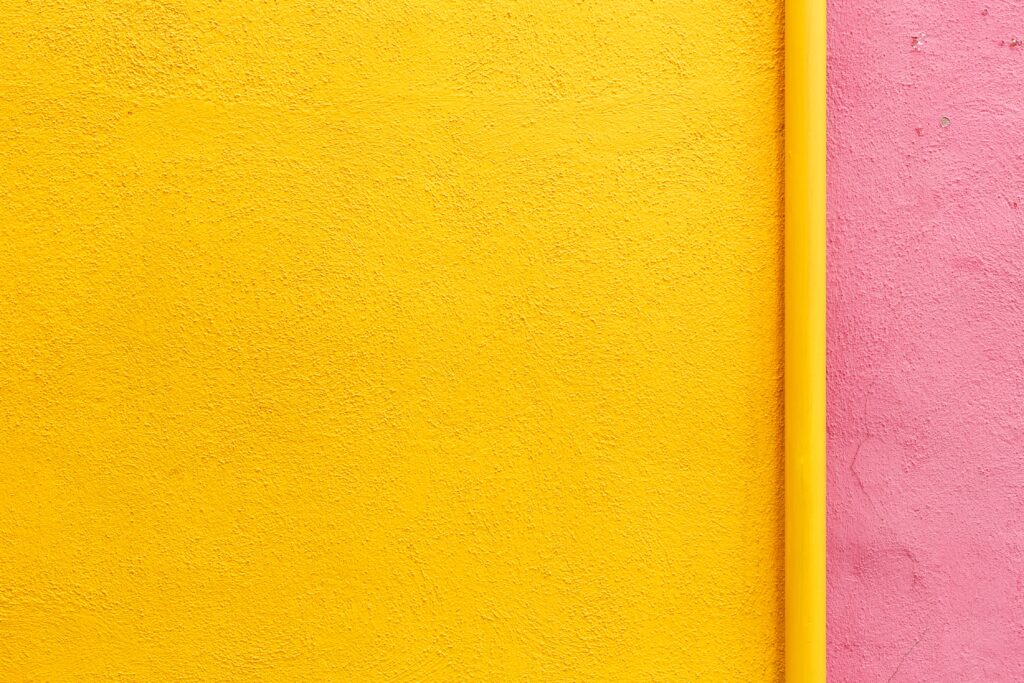
The Magic of Pastel Hues
Pastel colors have a magical effect on creating a serene and spacious atmosphere. Here’s how they can transform your living spaces:
Adding Softness and Serenity
Pastel hues, with their gentle and muted tones, add a touch of softness and serenity to any room. These colors have a calming effect and can instantly make a space feel more relaxing and inviting. By using pastel colors on the walls, you create a tranquil ambiance that promotes tranquility and peace. They are particularly well-suited for bedrooms, bathrooms, or any space where you want to create a soothing atmosphere.
Creating the Illusion of Space
Pastel colors have the ability to create the illusion of space through their light and airy qualities. By reflecting natural light, they brighten up a room and make it feel more open. This illusion of space can be further enhanced by choosing pastel furniture and accessories that complement the wall colors. By creating visual harmony between the walls and other elements in the room, you can maximize the perception of spaciousness.
Enhancing Natural Light
Using pastel hues on the walls enhances the effects of natural light in a room. These colors reflect light, amplifying the brightness and airiness of the space. By capturing and intensifying the natural light, pastel walls create a luminous atmosphere that makes the room feel larger and more welcoming. This effect is particularly impactful in rooms with limited windows or low natural light.
Contrasting Wall Colors
Contrasting wall colors can be an effective way to add depth and visual interest to a room. Here’s how you can use contrasting colors to enhance the perception of space:
Using Accent Walls Wisely
An accent wall with a contrasting color can bring a unique focal point to a room and create a sense of depth. By choosing a bold or vibrant color for one wall, you draw attention to that specific area and visually extend the space. However, it’s important to use accent walls wisely to avoid overwhelming the room. Opt for a wall that naturally draws attention, such as the one behind a fireplace or the headboard in a bedroom.
Adding Depth and Interest
Contrasting wall colors can add depth and interest to a room by creating visual divisions. By using darker or bolder colors on certain walls, you create a sense of separation that adds complexity to the space. This contrast between light and dark creates visual boundaries and gives the illusion of depth, making the room appear larger. By strategically placing contrasting colors, you can guide the eye and make the room feel more spacious.
Creating Visual Divisions
Using contrasting wall colors can create visual divisions between different areas in an open-concept room. By using two or more colors to define specific zones, you visually separate the space while still maintaining an overall sense of openness. This technique not only adds depth but also helps organize the room and create a sense of functionality. The contrast between colors creates a balance that is pleasing to the eye and makes the room feel more spacious.
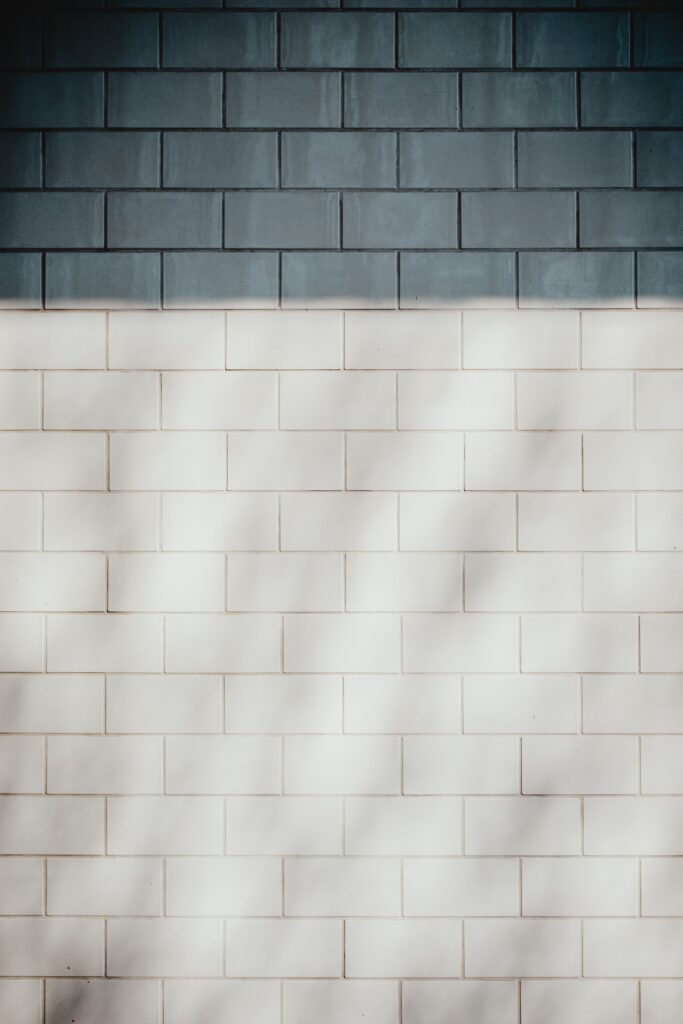
Reflective Finishes and Mirrors
In addition to wall colors, reflective finishes and mirrors can greatly influence the perception of space in a room. Here’s how they can create a light and spacious atmosphere:
Introducing Light and Spaciousness
Using reflective finishes, such as glossy paint or metallic accents, introduces light and spaciousness to a room. These finishes bounce light around the space, creating a sense of brightness and openness. By reflecting natural and artificial light sources, they maximize the illumination in the room and make it feel more vibrant. Reflective finishes can be particularly effective in small rooms or areas with limited natural light.
Expanding Visual Boundaries
Mirrors are a powerful tool for expanding the visual boundaries of a room. By strategically placing mirrors on walls, you create the illusion of depth and make the room feel larger. Mirrors reflect light and images, making the space appear more open and airy. When placed opposite windows or other light sources, mirrors can reflect natural light and amplify its effects, further enhancing the perception of spaciousness.
Creating an Elegant and Modern Look
Reflective finishes, such as metallic accents or glass surfaces, can add an elegant and modern touch to a room. These finishes have a sleek and sophisticated quality that instantly elevates the design. By using reflective finishes on walls, furniture, or accessories, you create a sense of luxury and create a visual impact. Their reflective nature adds depth and dimension to the space, making it feel more stylish and well-designed.
The Importance of Proper Lighting
Proper lighting is crucial in creating a spacious and comfortable atmosphere in a room. Here are some ways to utilize lighting to enhance the perception of space:
Utilizing Natural Light
When it comes to making a room feel more spacious, natural light is your best friend. Maximize the use of windows and skylights to let in as much natural light as possible. Natural light has a unique quality that makes a space feel bright, open, and inviting. By allowing natural light to flood a room, you create a sense of spaciousness and maximize the effects of wall colors and other design elements.
Selecting the Right Light Fixtures
In addition to natural light, the choice of light fixtures can greatly impact the perception of space. Opt for fixtures that provide ample light without overwhelming the room. Avoid bulky or oversized fixtures that can visually shrink the space. Instead, choose sleek and minimalistic designs that blend seamlessly with the overall decor. Consider using recessed lighting or track lighting to provide illumination without obstructing the view or taking up valuable space.
Creating Layered Lighting
Layered lighting is an effective technique for enhancing the functionality and comfort of a room. By combining different types of lighting, such as ambient, task, and accent lighting, you create depth and visual interest. This layered approach adds dimension to the room and helps define different areas or functions within the space. By illuminating specific features or focal points, you draw attention and make the room feel more spacious and well-designed.
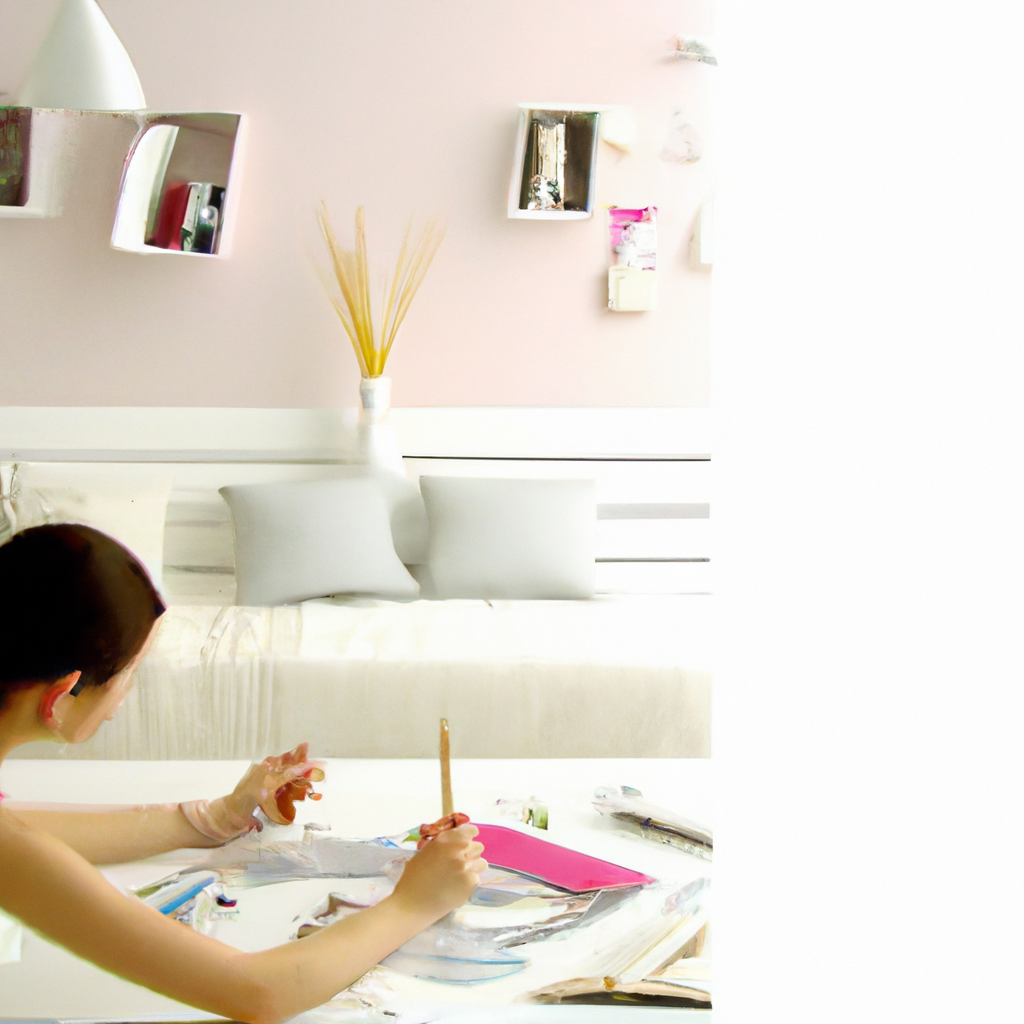
Playing with Visual Tricks
In addition to wall colors and lighting, there are various visual tricks you can use to enhance the perception of space. Here are a few ideas to consider:
Using Horizontal Stripes
Horizontal stripes on the walls can create the illusion of width, making a room feel more spacious. When used correctly, stripes draw the eye sideways, visually expanding the space. Opt for thin and subtle stripes in light or neutral tones to achieve the desired effect. Avoid overly bold or contrasting stripes, as they can overwhelm the room and create visual clutter.
Employing Vertical Elements
Vertical elements, such as floor-to-ceiling curtains or tall bookshelves, can add height and grandeur to a room. By drawing the eye upwards, these elements create the illusion of a higher ceiling and make the room feel more spacious. Vertical elements also help balance the space and add visual interest. When combined with the right wall colors, they can create a harmonious and expansive atmosphere.
Choosing Oversized Mirrors
Oversized mirrors can be a game-changer when it comes to making a room look more spacious. By reflecting light and images, they create the illusion of depth and visually enlarge the space. Place an oversized mirror strategically on a wall opposite a window or another light source to maximize its effects. The reflection created by the mirror enhances the brightness and airiness of the room, making it feel larger and more open.
Maximizing Space with Wall Colors
By strategically choosing wall colors, you can maximize the space and functionality of your rooms. Here’s how wall colors can contribute to an open and airy atmosphere:
Creating an Open and Airy Atmosphere
The right wall colors have the power to create an open and airy atmosphere in any room. By opting for light colors, neutral shades, or pastels, you instantly brighten up the space and make it feel more spacious. Reflective finishes and mirrors further enhance this effect by maximizing the natural and artificial light in the room. By creating a sense of openness and airiness, you maximize the available space and create a comfortable and inviting living area.
Adding Visual Space to Small Rooms
Wall colors play a vital role in adding visual space to small rooms. By using light or neutral shades, you push back the boundaries of the room, making it feel larger and more comfortable. Monochromatic schemes and contrasting colors can also be employed to create depth and visually expand the space. By carefully choosing the right wall colors, you can make a small room feel more open and ensure it remains functional and comfortable.
Enhancing the Functionality and Comfort
The right wall colors can enhance the functionality and comfort of a room by creating a pleasant and inviting atmosphere. By choosing light or pastel colors, you create a serene and tranquil environment that promotes relaxation. Neutral shades provide a versatile backdrop that allows furniture and accessories to stand out, adding both style and functionality to the space. By selecting wall colors that align with your personal style and desired atmosphere, you can create a living area that is both visually appealing and comfortable for everyday use.
In conclusion, wall colors have a significant impact on the perception of space in a room. Light colors, such as whites and creams, reflect natural light and create a brightness and airiness that makes the room feel more spacious. Neutral shades act as a blank canvas and enhance the functionality and perception of space. Monochromatic schemes and contrasting colors add depth and visual interest. Pastel hues create a softness and serenity that promotes relaxation and tranquility. Reflective finishes, mirrors, proper lighting, and visual tricks can further enhance the effects of wall colors. By carefully selecting the right wall colors and utilizing these techniques, you can create an open and airy atmosphere that maximizes the available space and enhances the functionality and comfort of your living areas.
